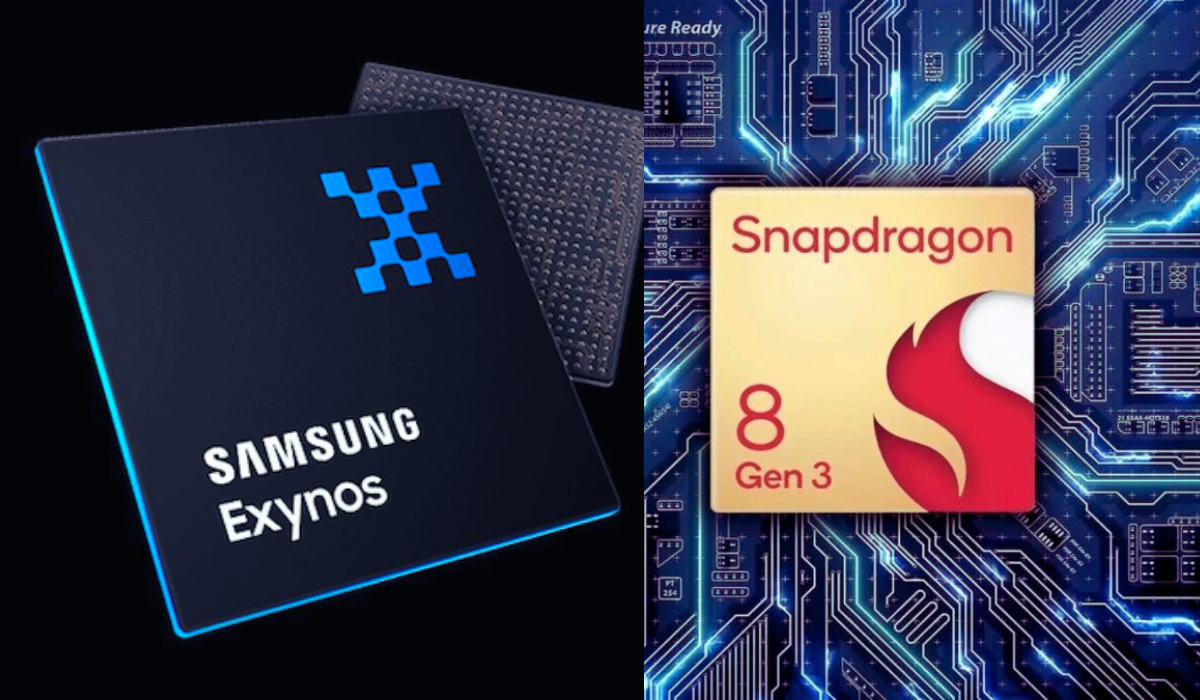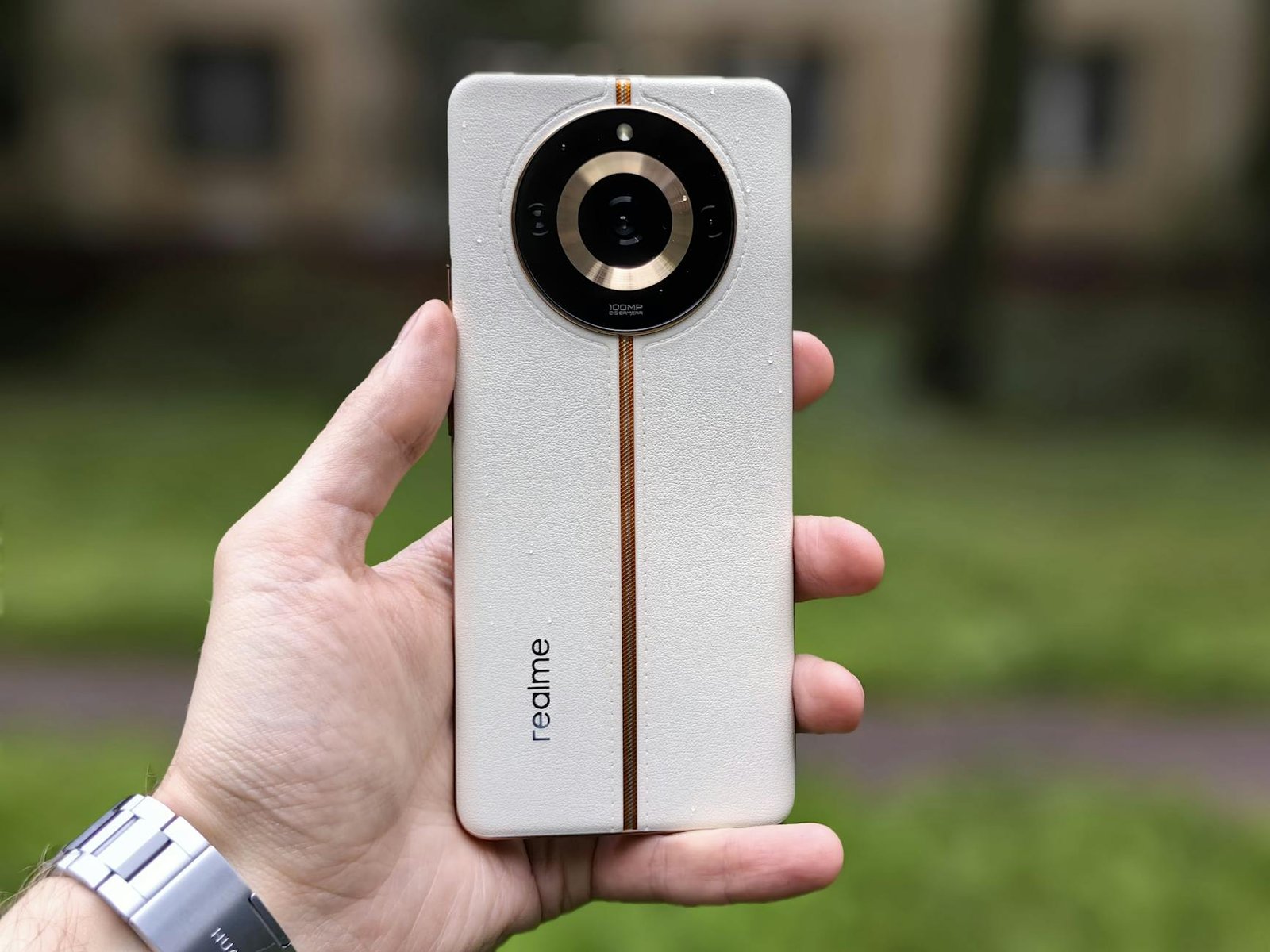The choice between Snapdragon and Exynos processors depends on multiple factors and user requirements as well. Depending on the performance, battery life and requirements of specific mobile apps, we can choose device processor between these two. Both processors provide powerful performance along with better power efficiency, still there some differences and here we will try to know those difference between both the processors.
Snapdragon and Exynos Processors Overview
- There are Snapdragon and Exynos two most used and popular processor brands used in smartphones and tablets as well.
- Qualcomm is an American semiconductor company which manufactured Snapdragon processors. While Exynos processors are developed by Samsung which is a South Korean MNC.
- Both processors Snapdragon and Exynos are designed to power high-performance devices and offer advanced features. Architectures and fabrication process for both processors are totally different.
- Snapdragon processors and Exynos both are built on ARM architecture but Snapdragon using a 7nm or 5nm process and Exynos use a 10nm or 8nm process.
- Strong performance, low power consumption, and compatibility for leading capabilities like artificial intelligence and machine learning are hallmarks of Snapdragon processors.
- Similarly, Exynos processors are best for their powerful graphics capabilities and efficient mobile power management.
Overall, Snapdragon processors performances are slightly over to Exynos processors. However, it depends on the specific device model and generation processors performance difference may vary.
Now, will compare into details of Snapdragon and Exynos processors to understand their strengths and weaknesses.
Snapdragon and Exynos Performance Comparision in Real-Worldr
- If we talk about performance, Snapdragon processors generally outmatch Exynos processors in benchmarks and real-world usage.
- Snapdragon processors are used in most of the company’s mobile, so it has a name in the market for delivering excellent single-core and multi-core performance, which rending to faster app loading times, smoother multitasking, and better overall responsiveness.
- High frame rates and fluid gameplay are offered by Snapdragon processors, which are also tuned for gaming.
- On the other hand, additionally special and with competitive performance are Exynos CPUs. However, they might lag behind than Snapdragon processors in resource-intensive and for some specific applications.
- In daily usage tasks like web browsing, social media or video streaming you might not notice the performance difference. But during heavy applications or tasks like gaming and video editing/streaming, Snapdragon processors tend to offer much better user experience.
Here it’s important to note that the performance of Snapdragon and Exynos processors can vary depending on the specific models and generations, so compare them on a case-by-case basis.
Graphics capabilities and gaming performance
- Exynos processors have some advantage over Snapdragon processors in view of graphics capabilities and performance during mobile gaming.
- Exynos processors are configured with powerful Mali GPUs (Graphics Processing Units) that offer excellent graphics delivery capabilities.
- This offers to smoother gameplay, better visual effects, and enhanced VR (Virtual Reality) experiences to user.
- Snapdragon processors use Adreno GPUs, which are also very proficient still may not match the performance of Mali GPU in certain scenarios.
- Both Snapdragon and Exynos processors are able to deliver a smooth gaming experience and can handle popular titles easily and you might not notice any lag during your game.
Ultimately, the user needs to decide between both CPUs based on their preferences and the particular needs for gaming.
Efficiency and Battery Life of Snapdragon and Exynos
- Battery life and its efficiency are also an important factor while comparing Snapdragon and Exynos processors.
- Snapdragon processors are very well known for their power efficiency and optimization, which allows them to deliver excellent performance while conserving battery life.
- They are designed to manage power consumption and prioritize tasks to maximize efficiency.
- On the other hand, Exynos processors also offer efficient power management and can provide good battery life.
- But they may consume more power compared to Snapdragon processors in some cases because the actual battery life can vary depending on the specific devices, software optimizations, and usage pattern of mobile/tablets.
- Other factors like display size, resolution, and software optimizations are also important to consider when evaluating the battery life of a device.
In general, Snapdragon and Exynos both processors are competent for providing a satisfactory battery life for most users.
Availability in Popular smartphones
- Snapdragon processors are available in a several range of popular smartphones from different manufacturers.
- Companies like Samsung, OnePlus, Google, and Xiaomi use Snapdragon processors to power their devices in many flagship devices.
- Snapdragon processors are commonly found in mid and budget range smartphones, which offering a good balance of performance and affordability.
- Whereas Exynos processors are mainly used in Samsung’s own devices, including their flagship Galaxy S and Note series.
- Exynos processors surely provide great performance and very competent as well, but they are not commonly available as snapdragon processors.
To make sure you get the performance and features which you want, it’s vital to find out if the smartphone you choose uses an Exynos or Snapdragon processor.
Snapdragon Processor list
Snapdragon processors are available in a wide range of models and generations, catering to different market segments and device categories. Some popular Snapdragon processors include:
– Snapdragon 888: Qualcomm’s flagship processor for high-end smartphones, offering top-of-the-line performance and advanced features.
– Snapdragon 865: The predecessor to the Snapdragon 888, still widely used in many flagship devices.
– Snapdragon 765G: A mid-range processor with integrated 5G connectivity and gaming optimizations.
– Snapdragon 732G: This is another mid-range processor with enhanced gaming capabilities and AI performance.
These are just a few examples; Qualcomm frequently releases new processors to meet the changing demands of the mobile industry.
To fully comprehend the capabilities and performance of a Snapdragon processor, it is important to verify the particular model and generation of the device.
Exynos Processor list
Exynos processors are used in Samsung devices, including their flagship Galaxy S and Note series. Samsung releases new Exynos processors with each new flagship device, offering improved performance and features.
Some popular Exynos processors include:
– Exynos 2100: Samsung’s latest flagship processor, offering high-performance and power efficiency.
– Exynos 990: The predecessor to the Exynos 2100, still used in many flagship devices.
– Exynos 850: A mid-range processor with efficient power management and decent performance.
– Exynos 9611: Another mid-range processor commonly found in Samsung’s mid-range devices.
These are the few examples and Samsung continues to innovate and improve their Exynos processors.
In summary, Snapdragon processors are slight edge over to Exynos, for gaming and intensive tasks Snapdragon CPUs would be preferred. For regular use, both processors perform well.





4 thoughts on “Snapdragon and Exynos Which is Better Processor for Android Devices | Difference”